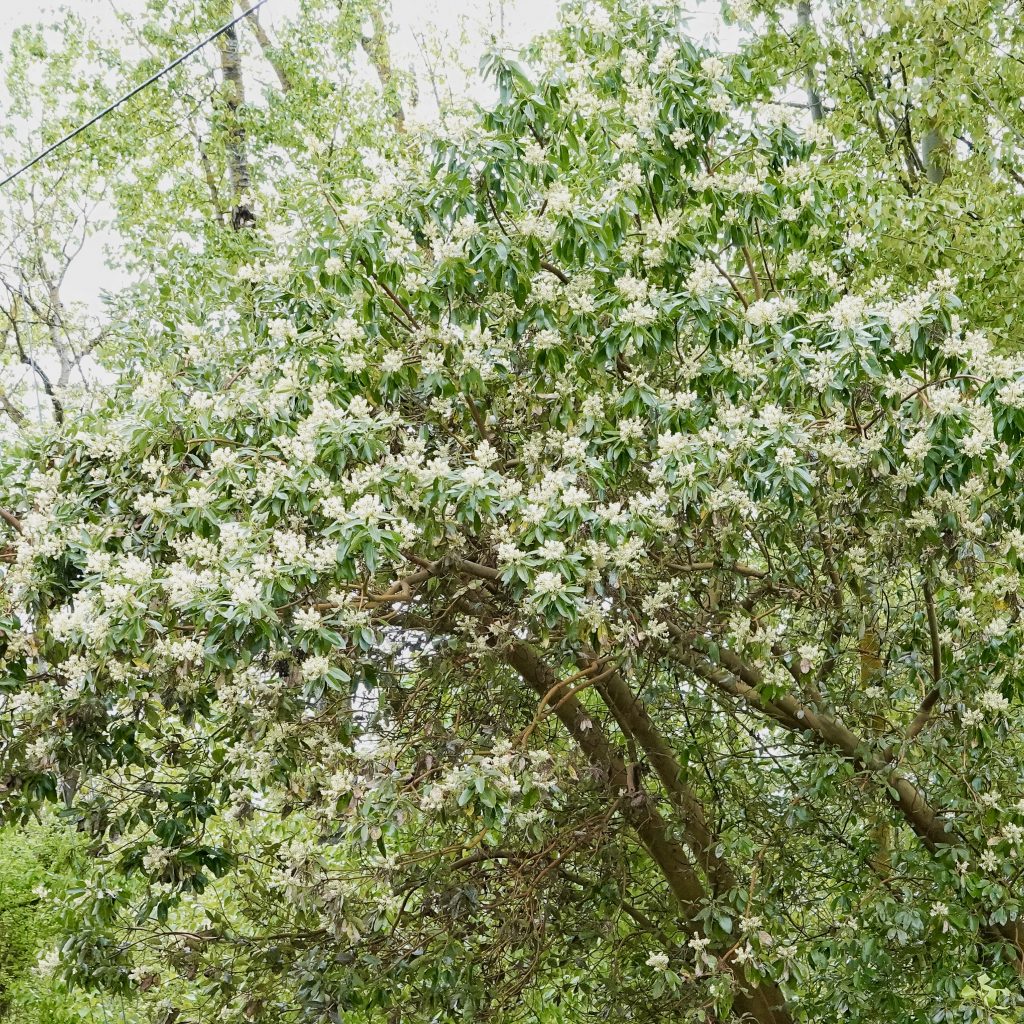
For those who may be wondering about my recent hiatus, I discuss that in the blog titled ‘Refocusing in Retirement’.
This is embarrassing to admit, but I don’t really know my trees as well as I should. Unless there are tiny cones underneath them I am seldom sure whether I’m looking at a Douglas Fir or a Western Hemlock, I can’t identify a single species of willow, and I’ve been known to confuse red alder and cascara (until I thought of the mnemonic of jagged red alder cones and leaves, and smooth cascara fruits and leaves). But that tattered bark of a Pacific Madrone, peeling off to expose the smooth inner bark beneath, is always immediately recognizable.
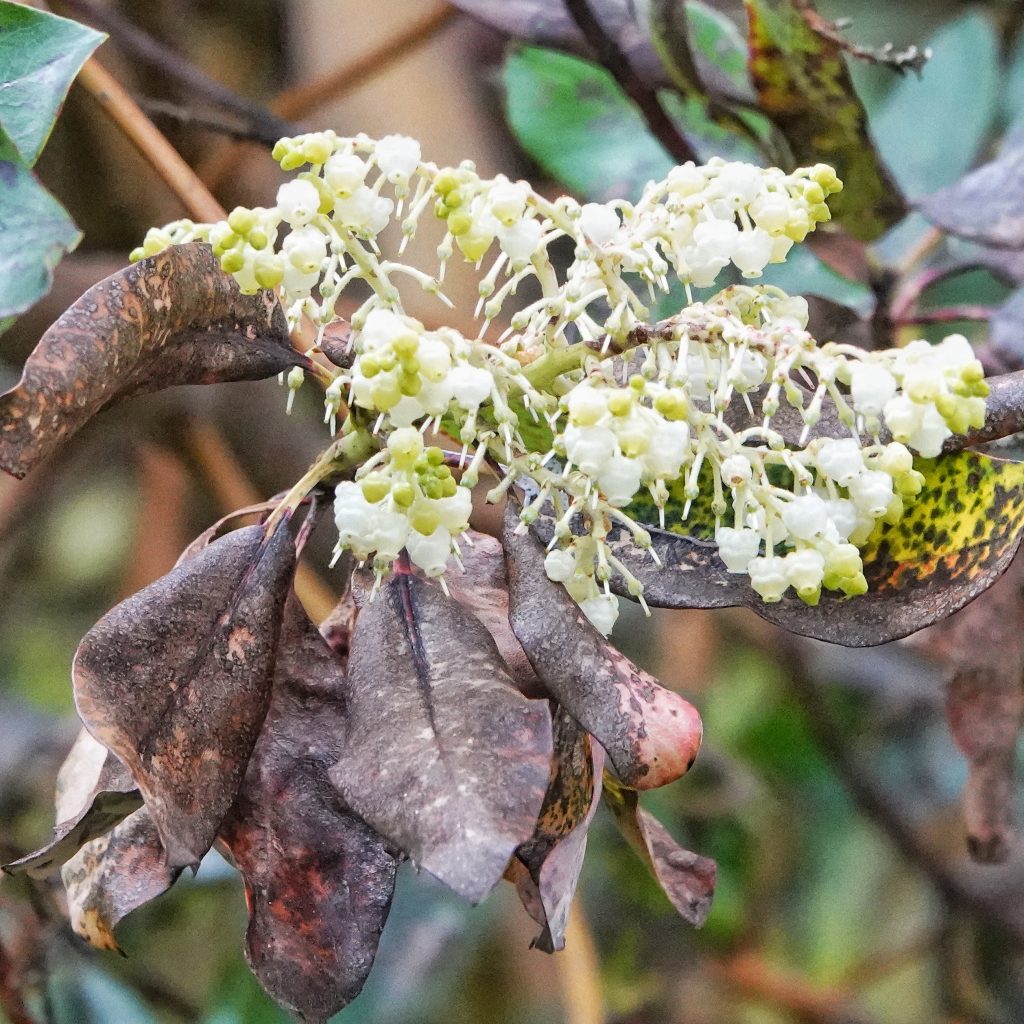
This is the largest member of the heather family (Ericaceae), a strikingly handsome and even beautiful tree that is frequently used in horticulture to provide texture in a landscape. Indigenous cultures found a multitude of uses for Madrones, including but far from limited to, using the leaves for various stomach ailments and to poultice wounds and burns, as well as for things like making childrens toys, as protective layers in ovens, and as a smoking mixture; various decoctions of the bark were used medicinally to treat diabetes, sore throats, intestinal problems, and wounds, along with utilitarian purposes such as tanning, face wash, and making clothing and (I’m not sure how) childrens sleds; berries were eaten, and also used as bait for steelhead; and the wood was carved into many tools because it doesn’t split when dry.
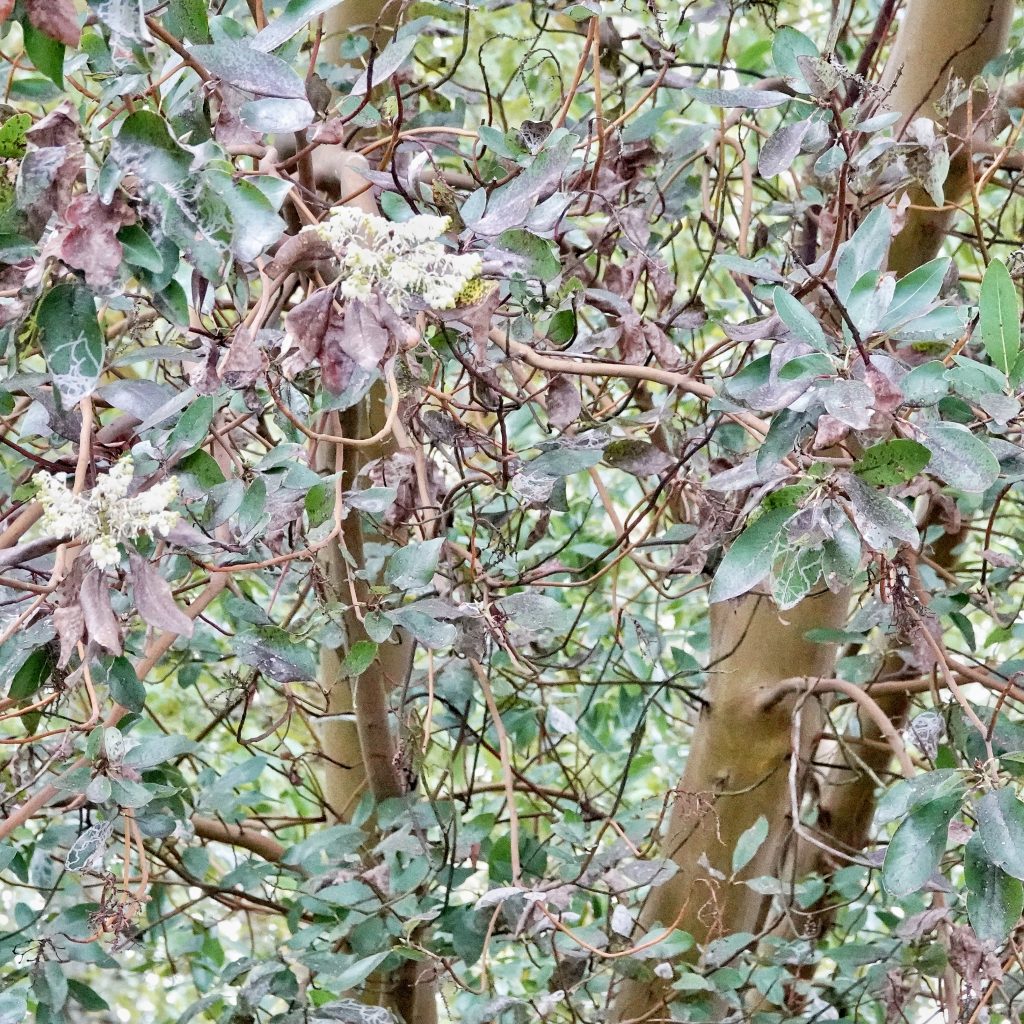
Arbutus menziesii is susceptible to many different diseases, including leaf rusts, stem cankers, butt rot, and heart rot. The latter may be one of the reasons so many cavity nesting birds utilize this tree, since it allows easier excavation. Pacific Madrones are on the decline in many areas, mostly because of habitat destruction, competition from invasive species, and exposure of its root crown due to runoff and dirt removal, but also because of fire suppression. Most mature trees survive a fire, which tends to remove the shade and competition of Douglas firs, and they regenerate quickly in newly opened areas due to a massive seed bank.
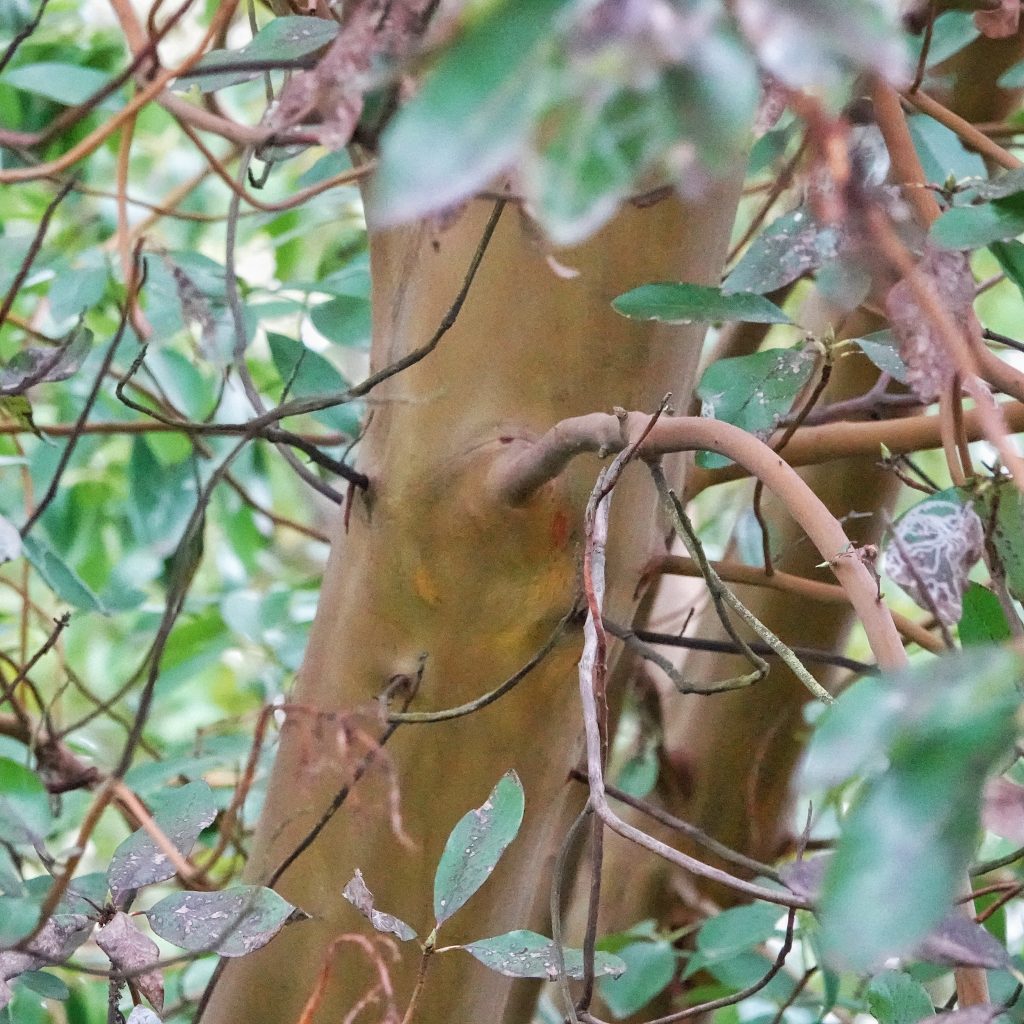
I had forgotten about the presence of Madrones at the Van-Port area, so it was a real bonus to find them in bloom when I was walking there on the same day I found so many Yellow-rumped Warblers, kind of like running into not one but two old friends while strolling through an old neighborhood.
For a variety of reasons, most of which have to do with regulating my blood pressure and freeing up significant blocks of time, as of May 15 I will not be sharing links to these posts in most of the Facebook groups to which I belong. I am sorry for the inconvenience, but anyone wishing to see new profiles after that date can friend and follow me on Facebook (all posts will be shared to my timeline/wall/page), or take advantage of the free subscription option on the website.

Description-Shrubs and trees up to 100’ tall with reddish brown peeling bark that exposes smooth brown bark underneath; leaves are oval, 2.5-6” long, dark green and shiny above and pale green below, with smooth to minutely serrated margins; flowers are urn shaped, white to pinkish, arranged linearly in clusters at the ends of branches; berries orange to red, round, up to an inch in diameter, with a bumpy surface.
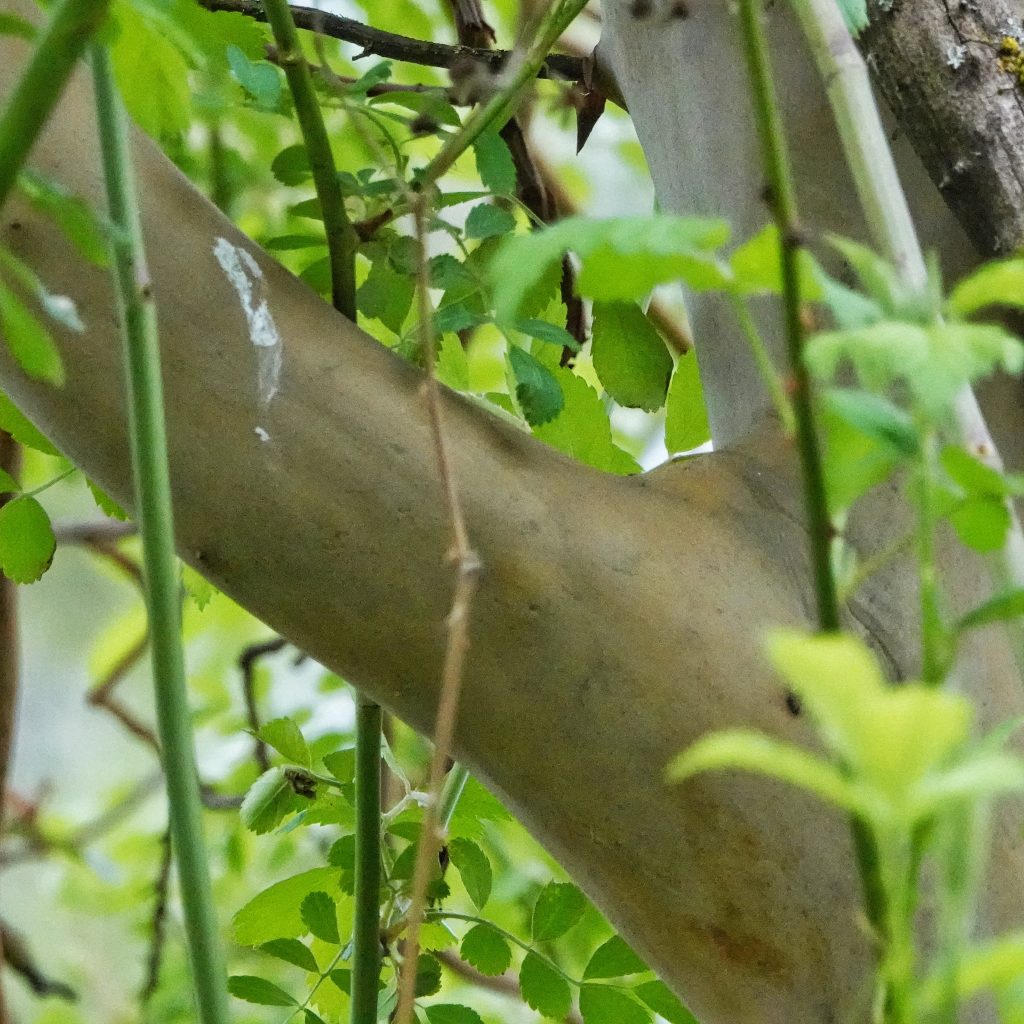
Similar species– Nothing else has the thin, red brown bark, exfoliating to expose the green turning brown inner bark beneath.
Habitat-Shorelines, open forests, rocky ground, coastal bluffs and other open areas, from low to middle elevations; shade intolerant
Range-West Coast North America; west of the Cascades in our region.
Reproductive timing-Late winter through spring
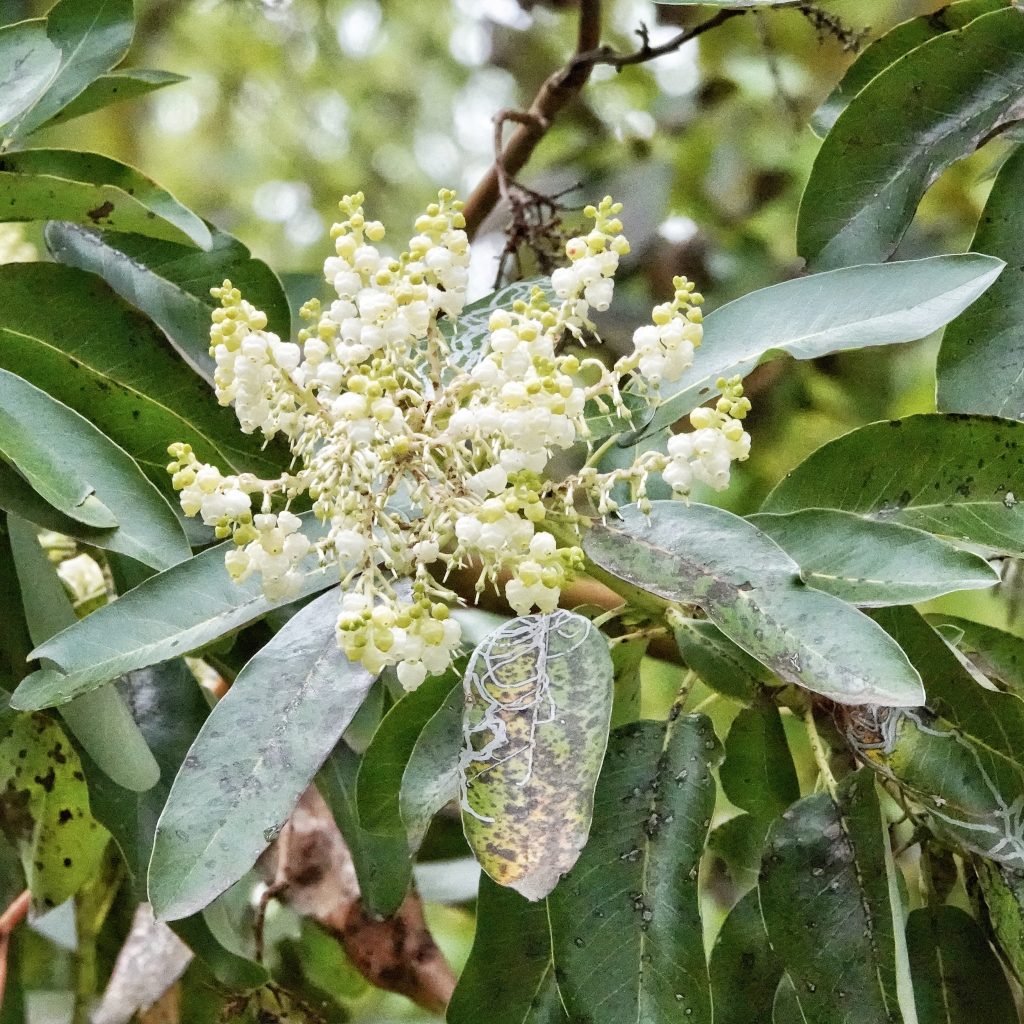
Eaten by-A host of birds and mammals feed on the berries, including but not limited to, robins, juncos, varied thrush, cedar waxwings, doves and pigeons, deer, squirrels, raccoons and bears, and because of their persistence until late in the year, these berries are an important winter food source; the flowers attract a wide variety of insect and pollen feeders; it is a larval host for many moths, such as Hyalophora euryalus, Lophocampa argentata, Hyphantria cunea, Sphinx perelegans, the geometrids Dysstroma citrata, Hydriomena manzanita, and various Eupithecia, and the noctuids Egira crucialis, Orthosia transparens, Abagrotis trigona, and Aseptis binotata, amongst others; at least 10 small moths have larva that are leafminers of this species, including Coptodisca arbutiella, Coleophora glaucella, Epinotia terracoctana and E. nigralbana, and Marmara arbutiella.
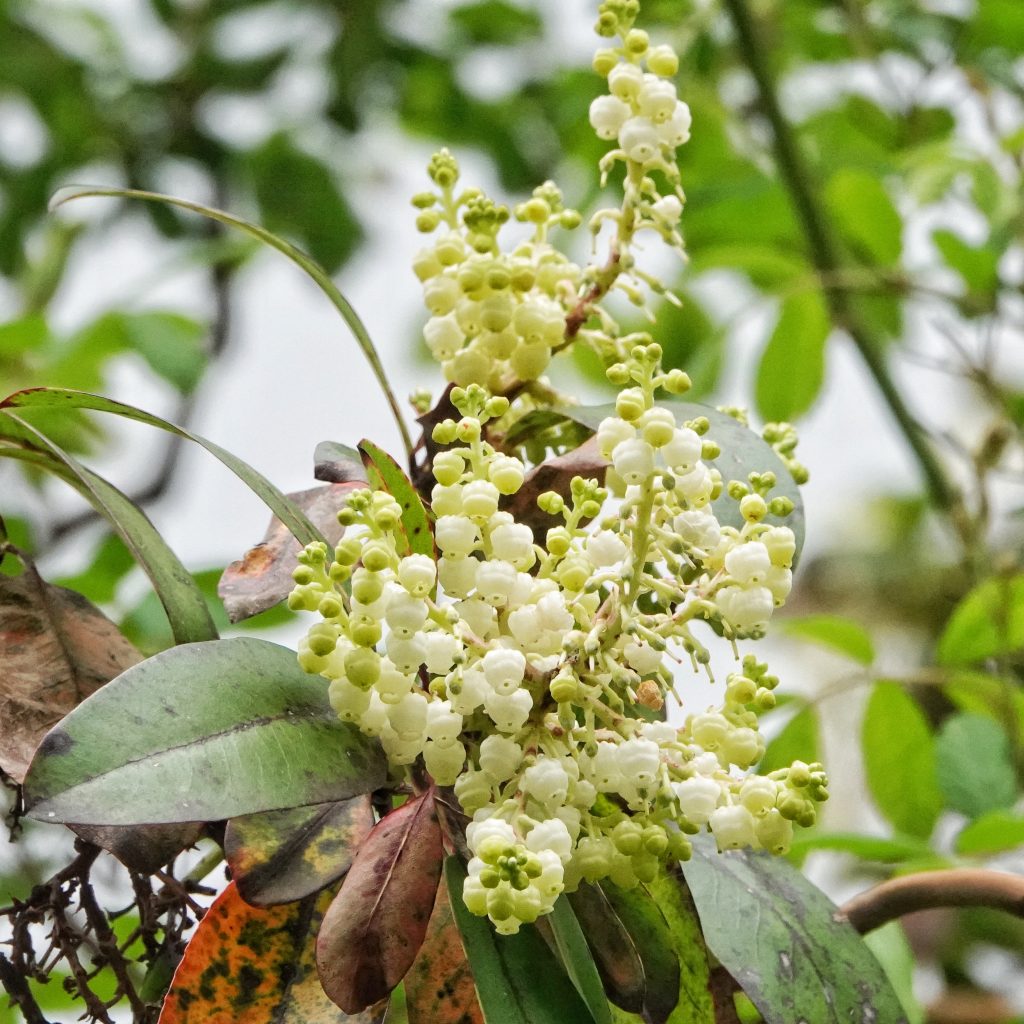
Etymology of names–Arbutus is from the Latin for strawberry, and refers to the strawberry like fruits of the type species of the genus, a Mediterranean tree called Arbutus unedo. The specific epithet menziesii is an homage to Archibald Menzies (1754-1842), a Scottish surgeon and botanist who explored and collected while serving at sea, most notably in George Vancouver’s round the world Discovery Expedition.
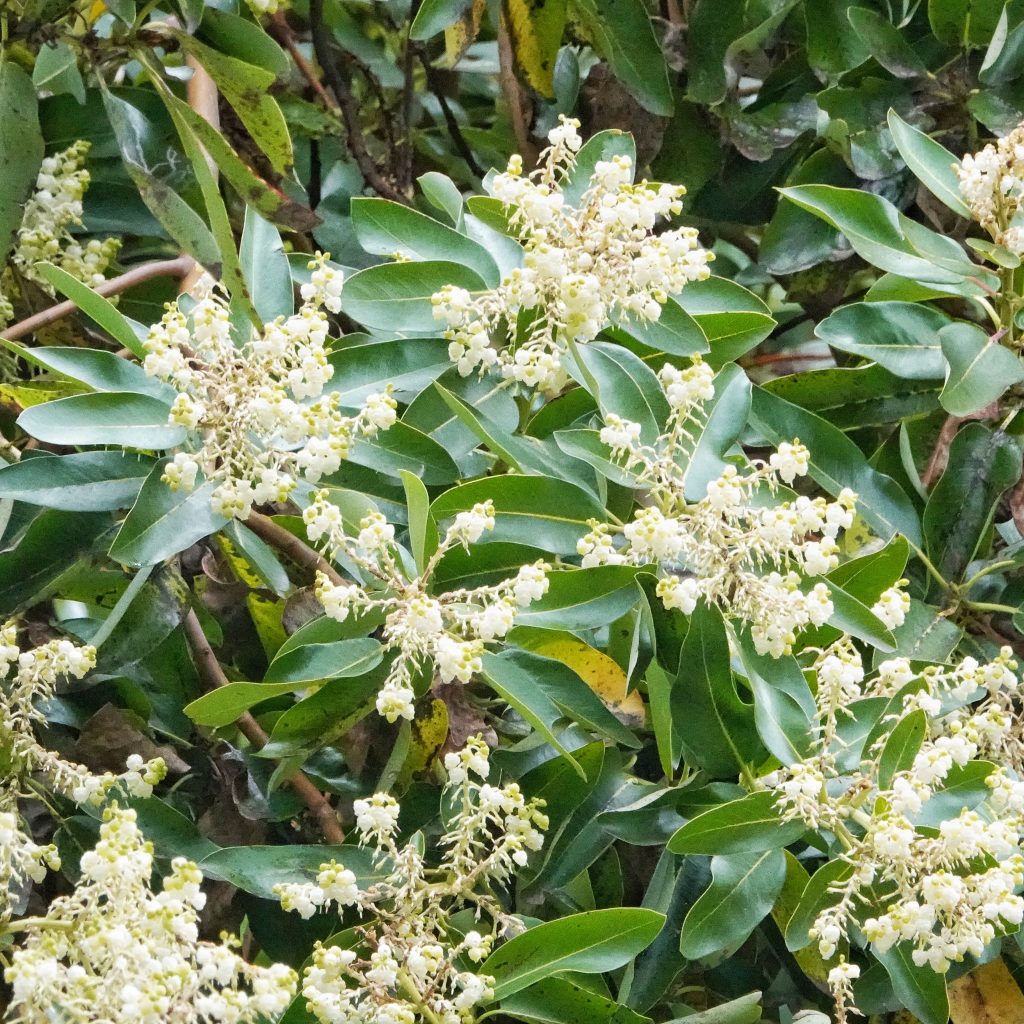
BRIT – Native American Ethnobotany Database
https://pfaf.org/user/Plant.aspx?LatinName=Arbutus+menziesii
https://en.m.wikipedia.org/wiki/Arbutus_menziesii
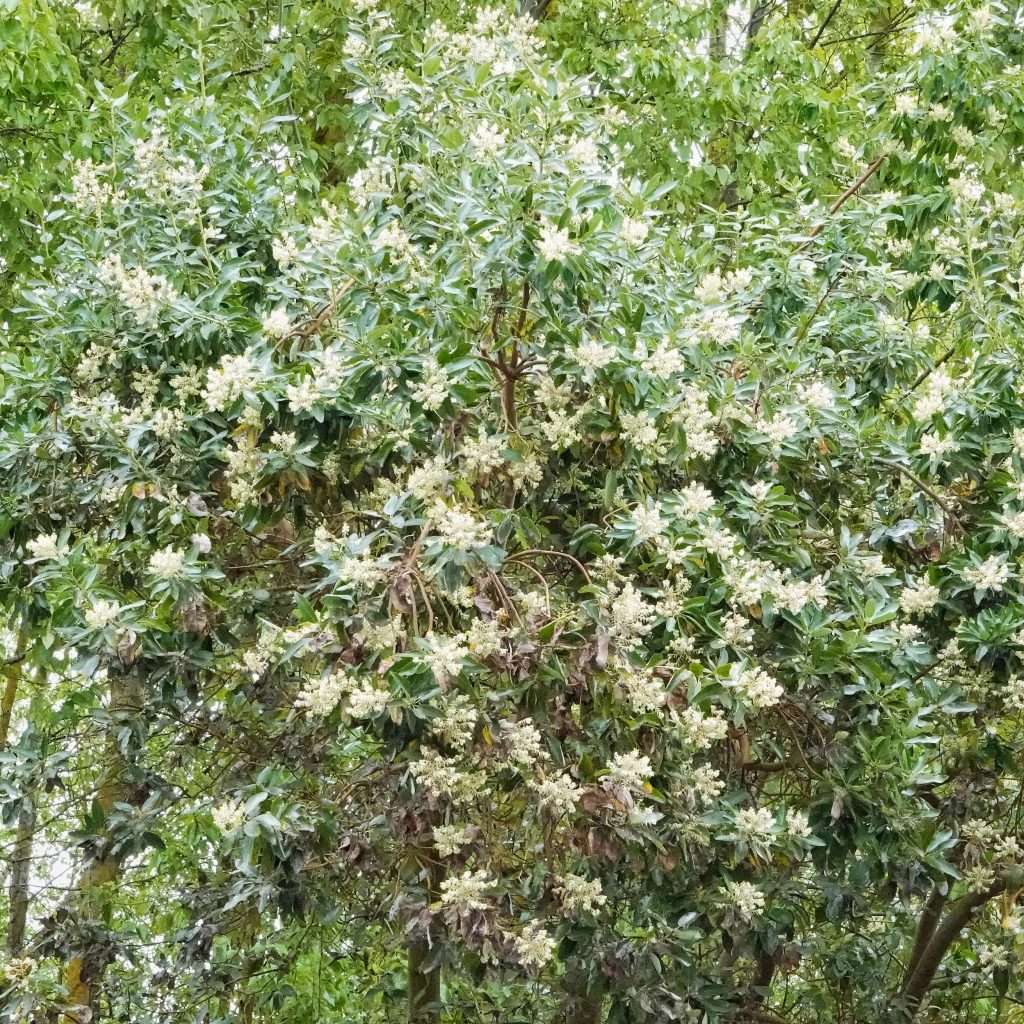
That seems like a wonderful introduction to native species, Nelson. Wishing you the very best!
Thank you!
I think I first came across your fantastic work on Facebook. I certainly understand needing to get your blood pressure under your own control, but I’m also feeling very lucky to have “found” you when it was so easy 🙂
Thank you Kat! I will periodically share some posts in each group in case there are newcomers who may be interested. As far as my bp is concerned, it’s not even the trolls that are the most frustrating, although they are pretty irritating in themselves . It’s the people asking questions without bothering to read the profile, and the tribalism of, for example, a ‘Washington’ group refusing a post of something that is widespread in Washington, but the photos were taken in Portland. Or, even worse, in the Columbia River Gorge, when I can see Washington state from where I took the photos. Couple that frustration with the fact that Facebook has made it difficult to share to multiple groups, and it can take up to a half hour to find and share to fifteen different groups. It just doesn’t seem worth it anymore.
I completely empathize with this! For all of that, you have a bunch of us who are calmer and gobsmacked by their ungrateful nature, and take these posts in our head every time we venture out.